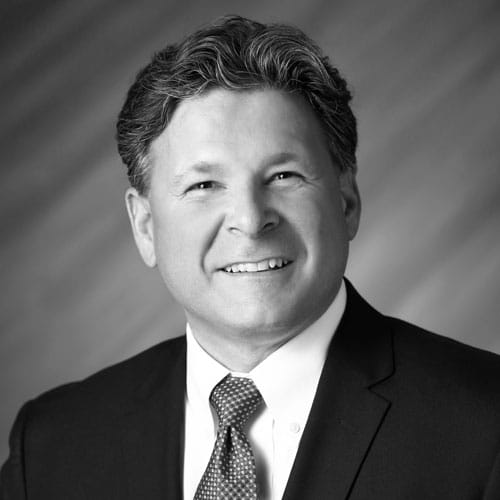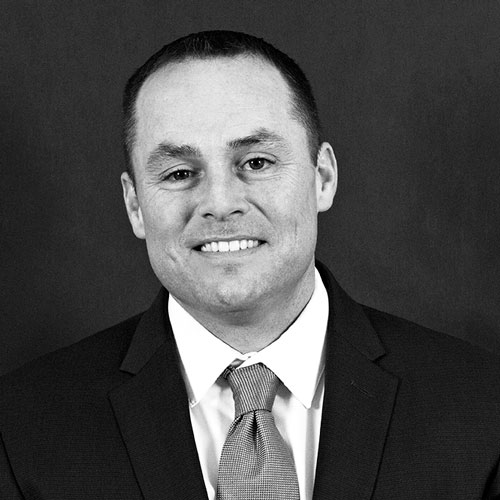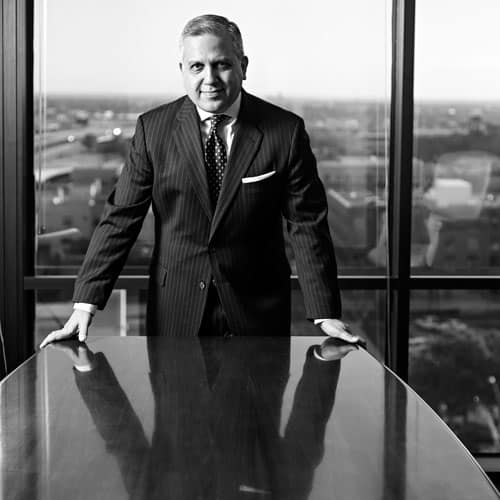Orville and Wilbur Wright had one compelling vision—to fly—which turned into a mega-successful business. Their company, Wright Aeronautical, was incorporated in 1919 and merged with Curtiss Aeroplane and Motor Corporation ten years later, bringing together eighteen affiliated companies and twenty-nine subsidiaries. Mergers, acquisitions, and growth have continued to define the company, spearheaded nowadays by Paul Ferdenzi.

Today, Curtiss-Wright employs 9,000 people in three segments: commercial–industrial, which includes equipment for the oil and gas industry, surface technologies, sensors and controls, and aerospace; defense; and power, which serves the nuclear industry. A new goal for the diversified company is to ensure that all these units are aligned and operating as one happy family, defined as the “One Curtiss-Wright Vision.”
Ferdenzi is the general counsel who is making that vision a reality. He restructured the legal department so each of his four direct reports is responsible for at least one business unit, but he also handles tasks affecting the entire company to create consistency and strengthen ties across divisions. The attorney overseeing defense is also the chief compliance officer; the lawyer in charge of the industrial and nuclear power divisions handles the company’s real estate department; the lawyer overseeing surface technologies and sensors is also the chief ethics officer; and the attorney in charge of the electro-mechanical division is also chief intellectual property counsel.
When Dave Adams took over as CEO in August 2013, he renewed the company’s focus on integration. In the past, the various segments operated autonomously. Now Curtiss-Wright is standardizing systems, developing a global supply chain, and using resources more efficiently. “We’re also starting to cross-sell the company and provide a one-stop shop for many of our customers,” Ferdenzi says. “The structure of the legal department needs to be aligned with this vision.”
Structure comes naturally to Ferdenzi, who joined the US Navy’s JAG Corps immediately after law school. All JAG Corps members have to go through the same physical training as everyone else in the military, without the combat drills or firearm instructions, according to Ferdenzi.
“You have to wear the uniform, live by the code, and deal with inspections,” Ferdenzi says. “Your first six months, you’re taught how to conduct yourself and about the nuances of military codes, trials, and appellate procedures.”
In return for the training, the navy requires at least a three-year commitment. Ferdenzi stayed for five. “I liked it. I represented clients and appeared in court almost immediately and was able to travel,” Ferdenzi says. “But I had two kids by the end of my fifth year, and my next assignment would have been Guam or an aircraft carrier. I didn’t want to be away from my family and realized I’d rather follow my original passion, which was corporate law rather than litigation.”
So Ferdenzi joined Gallagher, Briody & Butler, a corporate law firm in New Jersey, handling transactions, financial disclosures, and other securities work for small, publicly traded companies. Two years later, he was recruited by Curtiss-Wright to work on US Securities and Exchange Commission matters and has been expanding his list of responsibilities ever since, including the oversight of human resources, executive compensation, and corporate governance.
“We are very lean. But we leverage our assets as best we can. When we need assistance on a project, we often arrange loans of people from our business units.”
Since being named general counsel, Ferdenzi says he has focused part of his time on moving the company into the twenty-first century. One of his targets was the code of conduct. “It hadn’t been looked at for fifteen years, so we modernized it and produced an online training module,” he says. “It used to be a ‘read and acknowledge’ document. Now the thirty-minute course is available to everyone in the company, and we can track who finishes it.”
His team also put certain trade regulations, like the US Foreign Corrupt Practices Act (FCPA), online and created training modules for them. Like the code of conduct, they can track which employees complete the training. The compliance and regulatory environments are different in each of the areas that Curtiss-Wright operates, including Europe, China, Brazil, and India.
“Our job is to help the business units achieve their goals and objectives and ensure they don’t run afoul of any laws in the countries in which we operate,” Ferdenzi explains. “Getting more information out to our team members will help us do that.” The company’s terms and conditions (each division has its own) were moved online, too, so they can be accessed whenever and wherever they are needed.
With the assistance of associate general counsel and chief ethics officer Mark Berenson, Ferdenzi also updated the company’s hotline. “It used to come directly into the legal department, which meant some callers had to leave a voice mail and it wasn’t anonymous,” he says. “We’ve moved the entire system to an offsite, third-party service, which is available 24-7 and allows callers to be anonymous. It also enables us to more accurately track the quantity and content of the calls.”
All of these improvements have been accomplished since Ferdenzi was handed the general counsel reins in March 2014 with just five other attorneys on staff.
“We are very lean,” Ferdenzi admits. “But we leverage our assets as best we can. When we need assistance on a project, we often arrange loans of people from our business units. The primary focus of the entire company is teamwork, so there is considerable collaboration across all the functional and operational units.”
It’s a formula that fits Ferdenzi well as he looks ahead to the future of Curtiss-Wright. “I’d like to be the GC of a $5 billion company, that is, when we double our current size,” Ferdenzi says. “I just want to be part of our continued success. I can’t imagine a better situation. I really like where I am.”
Orville and Wilbur would be pleased.

